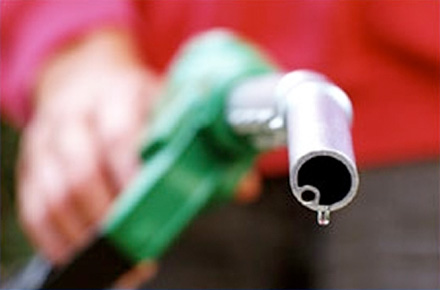
On December 19, 2010, Iran began a much-expected economic reform plan, cutting heavy fuel and food subsidies. In an article in The Wall Street Journal entitled “Iran Cuts Fuel Subsidy,” Farnaz Fassihi writes, “The subsidy cuts are part of a phased five-year economic overhaul” that serves the dual purpose of reducing the government budget by as much as $100 Billion and curbing the wasteful use of energy. According to the World News Section of the Financial Times, “Iran has paid large subsidies on basic commodities for decades, leading to unsustainable over-consumption and an inflated budget deficit.” The latest data by Iran Parliament’s Research Center estimated the cost of energy subsidies to be more than $50 Billion annually, from which $32 billion goes for diesel and $18 billion for gasoline.
To demonstrate how inexpensive the diesel fuel has been in Iran, let us consider the cost of a bus trip from the City of Isfahan to Tehran, the capital. The distance between the two cities is 414 kilometers or about 258 miles, which is equal to the distance between New York City and the upstate city of Syracuse. A one-way bus ticket for the trip is about $8.00, which includes some beverages and snacks. It is good to know that the buses, at least some, are made by Mercedes Benz and are very comfortable.
It is true that most of the 100 million liters of diesel fuel consumed daily are produced domestically and are not exposed to the U.S. sanctions and pressure. According to the Financial Times of London, there is a huge gap between the fuel’s production costs and the subsidized price for domestic consumers. According to data available, diesel production cost is 44 times higher than the subsidized rate of 165 rials per liter or 6.6 cents per gallon, which is less than 2 percent of the cost in the U.S. At the same time, the plan will cut down on illegal activities by Black Market sellers who purchased cheap Iranian fuel, transported it out of the country and sold it at a market price, which ended up a loss for the Iranian people. Thus, the elimination of subsidies, without a doubt, will raise not only the cost of all kinds of transportation, but also that of electricity, agriculture, food and the cost of housing construction and home heating.
Since Iran is sitting on the third largest oil and second largest gas reserves, some Iranians argue that cheap energy is part of their birthright. According to this assumption, Brazil, South Africa, the United States and many other countries around the world with ample oil, gold and gas should make these products or their monetary equivalent cheaply available to their own populations.
An important provision in the subsidy elimination plan is that half of the savings from the cuts will be given back in cash to that section of the public whose wages do not suffice for a decent living standard.
Until last week the government had subsidized the cost of flour used by bakeries for daily bread production, whose price to the public was extremely below the real market level. According to some estimates one-third of the bread purchased for consumption ended up in waste baskets.
But rationalizing Iran’s economy, reducing its avenues of waste and cutting down its budget deficit is not good news to the U.S. State Department, western mass media and anti-Iran groups comprised of old monarchists and also to the self-styled “left”, and liberal groups. To them, the worse the socio-economic condition of Iran and its people, the better for the realization of their hopes for “regime change”. Therefore, they consider each and every step of economic reform as an opportunity to incite the people and use them as a vehicle to come to power. But the working class of Iran is clear-minded and sharp enough to distinguish between friends and enemies, the interests of the nation and those of pro-western free-marketeers.
For supposedly such reasons as misallocation of resources and the need for capital investment, the Iranian opposition groups for years criticized the economic policies of Iran for the “hand-outs” to the lower income families. Just last year, during the national debates on Iranian TV between the reformist candidates, Mousavi/Karoubi and Ahmadinejad, they referred to the subsidies as “creating a beggar class in Iran.” When last week President Ahmadinejad announced that all subsidies, including those covering fuel and consumers’ goods, would be cut, the same social strata, in the name of supporting the working families, began blowing the trumpet from the wrong end, claiming that the president is doing a terrible thing, and now they are on the side of the poor and working class. These groups have to make up their minds where they stand.






